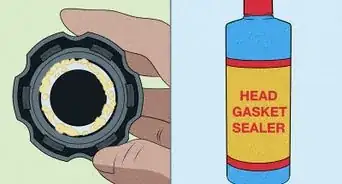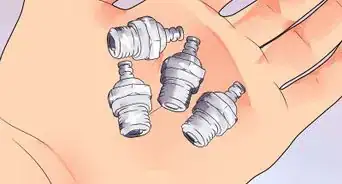This article was co-authored by Andrew Everett. Andrew Everett is a Master Mechanic in Cary, North Carolina. He has an Associates in Applied Sciences focusing on Industrial Technology from Central Carolina Community College and has been doing automotive repair since 1995.
wikiHow marks an article as reader-approved once it receives enough positive feedback. This article received 16 testimonials and 90% of readers who voted found it helpful, earning it our reader-approved status.
This article has been viewed 906,419 times.
Since the 1960s, vehicle manufacturers have installed Exhaust Gas Recirculation (EGR) valves to reduce nitrous oxide (NOX) emissions. The EGR valve recirculates a small amount of exhaust into the combustion cycle. The warmth of the exhaust lets the combustion chambers warm up quickly, while the spent, inert gases keep the chambers from getting too hot when the engine fully warms up. Whether mechanical or electronic, EGR valves open and close to control the gas flow. If left open, the excess vacuum will cause the engine to act like it wants to stall, idling roughly or surging. If the valve stays closed, detonation could occur in the combustion chambers; this knocking or pinging will lower mileage and the lifespan of the engine. To smooth a rough idle, or hesitant or surging acceleration, and reduce knocking, clean your EGR valve.
Steps
To Clean A Mechanical EGR Valve
-
1Clean and inspect the vacuum hose. Remove the vacuum hose and inspect closely for wear (cracks or weak spots), then clean out the carbon deposits either with a spray can of carburetor cleaner or with a pipe cleaner if the deposits are hardened or compacted.
-
2Inspect the EGR valve for damage. Loosen any bolts fastening the EGR valve to the engine. Inspect the gasket lining the bottom plate of the valve. If it's not frayed or cracked, you can reuse it.Advertisement
-
3Clean the return tube and gas entry port. Use carburetor cleaner and a small-bristled brush like a wire brush, toothbrush or pipe cleaner to clean off the carbon from the metal exhaust gas return tube and the gas entry port on the valve (usually the smaller hole with a spring-loaded pin, or “pintle”).
- If there is a lot of carbon build up around the EGR valve, you may also want to just save yourself some time and replace it with a new one.
-
4Clean out the entry port. The entry port is where the valve tubes connect to the engine (usually the intake manifold) while the EGR valve is off.
-
5Reinstall the EGR valve. Check to ensure the vacuum diaphragm moves freely, reinstall the EGR valve and reattach the exhaust return and vacuum hoses.
To Clean An Electronic EGR Valve
-
1Disconnect the negative battery cable. By removing the negative battery cable from the battery, you ensure no current is flowing through the system and avoid short-circuiting the electronic component that controls the valve.
-
2Disengage and remove any sensors and electrical connections along with any hoses.
-
3Loosen the bolts to remove the EGR valve and gasket.
-
4Check the hoses and gasket for wear, to replace or reuse.
-
5Spray the valve and hoses with carburetor cleaner, using a brush to clean off the carbon buildup out of any hoses and small hole with the pintle. Do NOT spray the electrical connections or sensors with the cleaner. However, you may want to purchase a can of electronics cleaner and di-electric grease if the connectors appear to be corroded.
-
6Reinstall the EGR valve using the gasket and bolts, and reconnect the electrical connections and sensors with any hoses.
-
7Reconnect the negative battery terminal.
Warnings
- Inspect and replace the EGR valve while outdoors, or in a well-ventilated area, to reduce exposure to fumes from the carburetor cleaner or exhaust.⧼thumbs_response⧽
Things You'll Need
- Service manual for your particular vehicle make and model
- Hand vacuum pump (for mechanical EGR valves)
- Inspection mirror (for mechanical EGR valves)
- Pipe cleaner, toothbrush, or other small-bristled brush
- Carburetor cleaner
- Hand tools- Wrenches, Sockets, a Ratchet and a screwdriver
- Replacement mounting gasket (some models, not all)
References
About This Article
To clean your EGR valve, start by cleaning the vacuum hose with carburetor cleaner or a pipe cleaner. Then, unbolt the valve, and clean the return tube and entry port using carburetor cleaner, and a toothbrush or pipe cleaner. If you have an electronic EGR valve, make sure to disconnect the negative battery cable, and remove any sensors and electrical connections before unbolting the valve. After cleaning, reinstall the valve and reattach the vacuum hose. To learn more, including how to tell when it’s time to replace your EGR valve, read on.
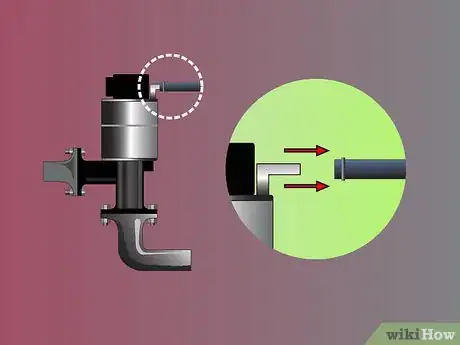
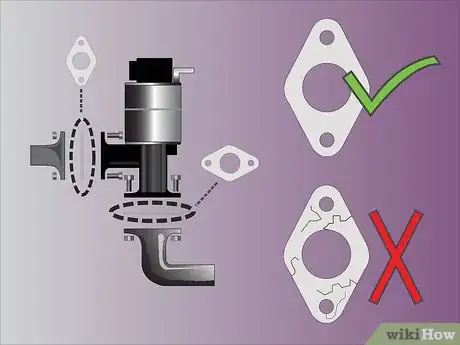
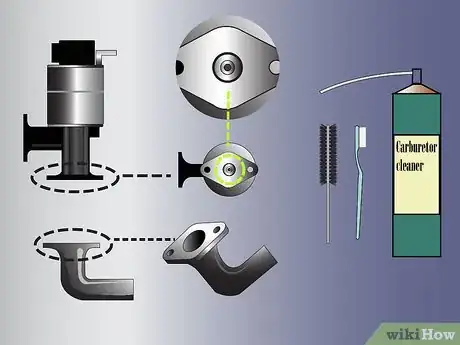
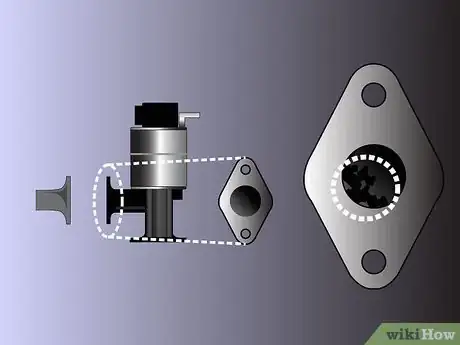
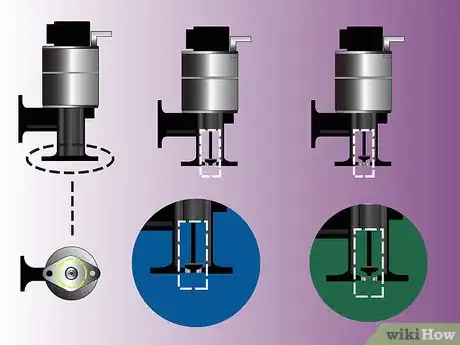
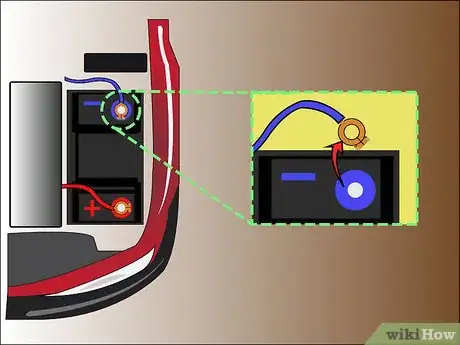
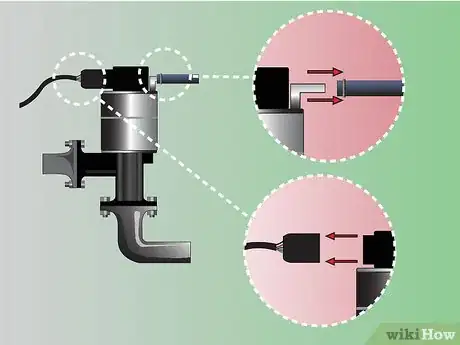
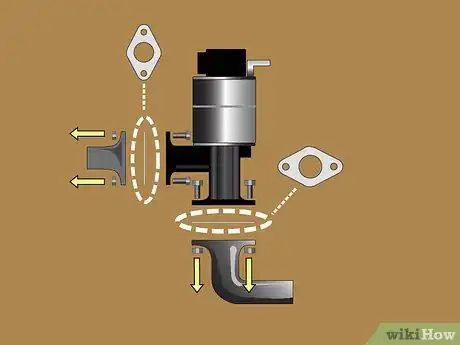
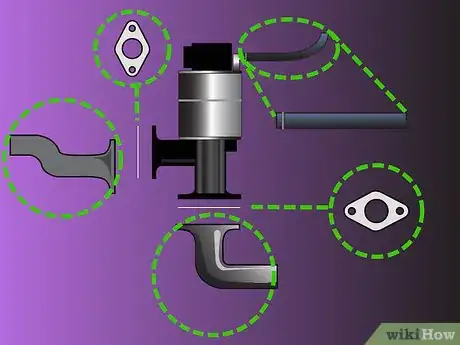
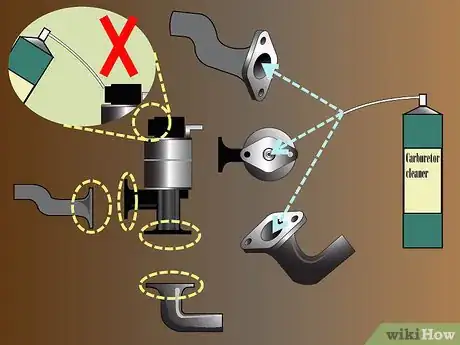
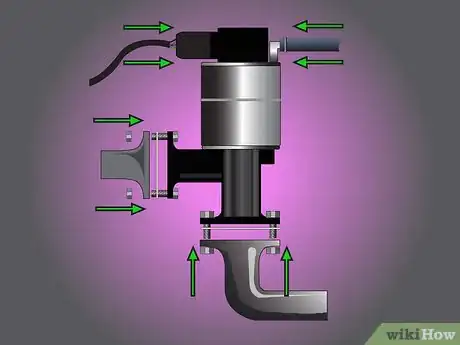
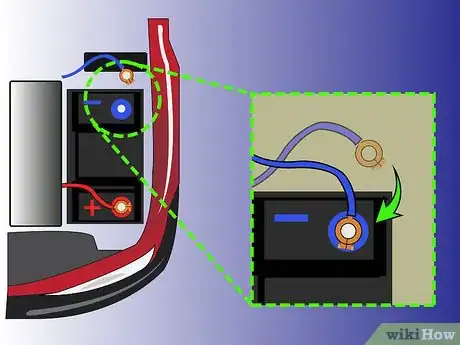







-Beetle-Step-5-Version-3.webp)



